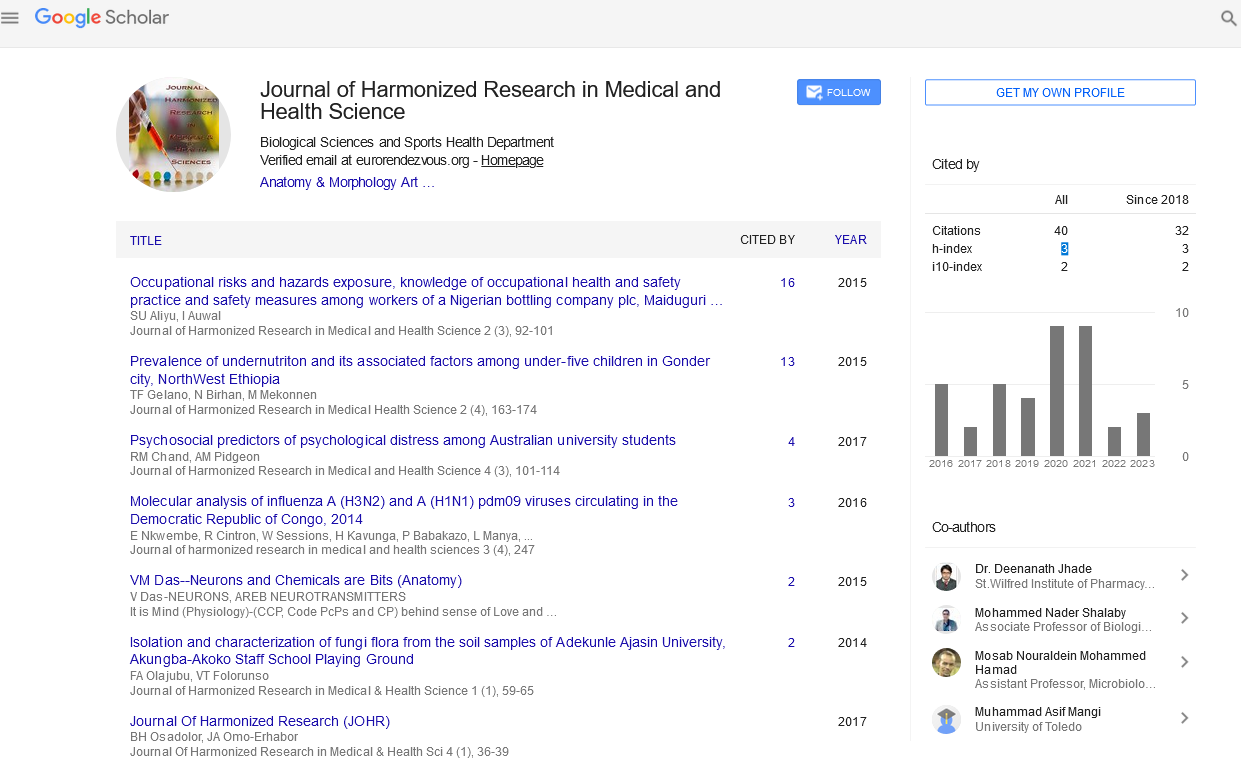ASSOCIATION OF INDOOR AIR POLLUTION AND OTHER RISK FACTORS WITH ACUTE RESPIRATORY INFECTIONS AMONG CHILDREN IN SHEKA ZONE, SOUTH WEST ETHIOPIA
Abstract
Author(s): Tesfaledet Tsegay, Worku Biyadgie.
Acute respiratory infections are one of the major problems of childhood in developing countries. The objective of the study was to obtain the prevalence of ARI and its risk factors among under-five ch ildren in Sheka Zone. A community based cross sectional study was conducted from October 15-26, 2016. A child is consider as having experience of ARI if the mother reported that the child had a cough in the last two weeks preceding the survey date along with short and rapid breathing. The weight and length of children were measured in every sampled home visit. Additional questions about socio-demographic status, environmental characteristics, and nutrition practice were asked. Data were entered into the computer and the Z-score nutritional variables were calculated by the Epi Info 3.5.4 package program. Further descriptive and inferential analysis carried out using IBM SPSS statistics 20. Binary logistic regression analysis has been used to show the effect of predictor variables on the incidence of acute respiratory infection. From the sampled children, the two weeks prevalence of ARI among under-five children was about 23.8% in Sheka Zone. The factors that influenced the incidence of ARI were lack of mother education, low duration of breast feeding, using unsafe fuel for cooking, absence of enough ventilation, child with mother in cooking, being malnutrition and Had Diarrhea recently. There were no associations between the stove type for cooking and kitchen place with ARI incidence. Our study revealed that Socio-demographic, indoor air pollution, health and nutritional related variables have important effect on incidence of ARI among under-five children in Sheka Zone south west Ethiopia. Key words: Acute respiratory infection, Cross-Sectional survey, Logistic regression










